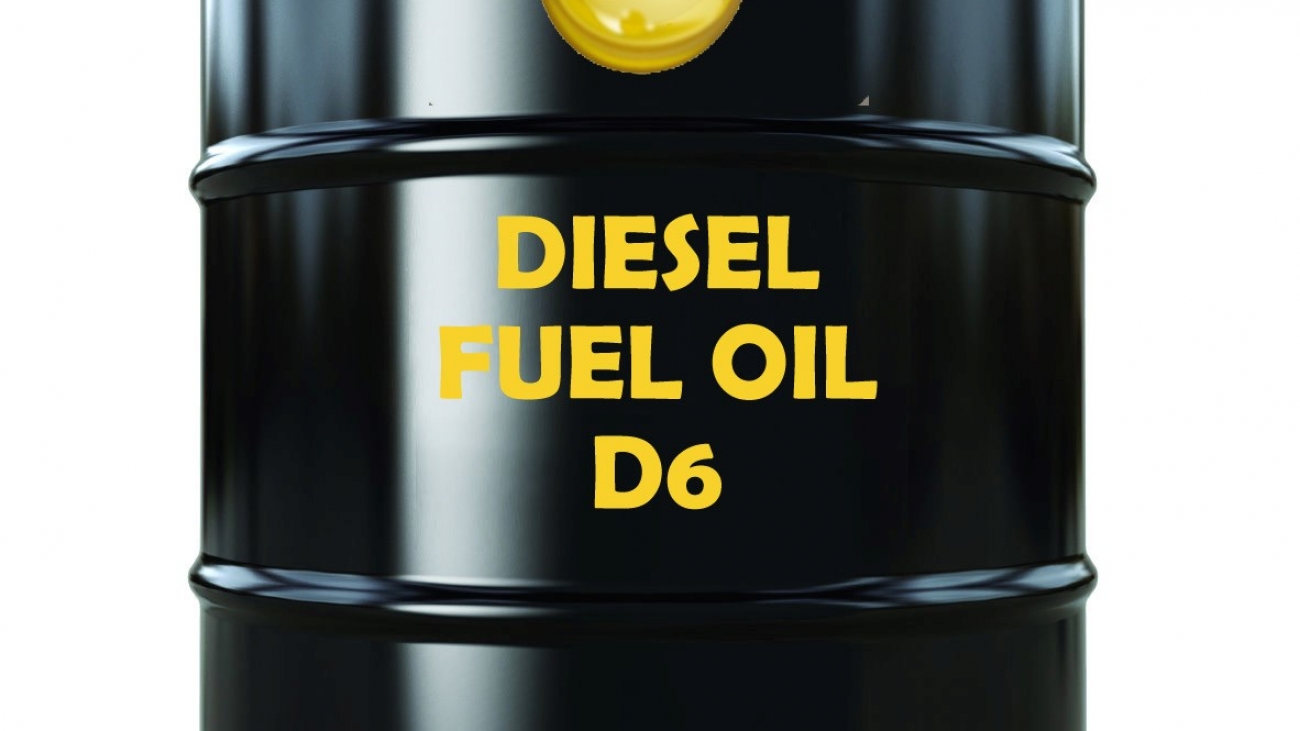Bitumen
| the experiment |
Test Method |
30-40 |
40-50 |
60-70 |
85-100 |
100-120 |
| Density |
ASTM D-7 |
06 / 1-01 / 1 |
06 / 1-01 / 1 |
06 / 1-01 / 1 |
5 0 / 1-1 |
04 / 1-01 / 1 |
| At penetration of mm / 10, 25C degrees |
ASTM D-5 |
30-40 |
40-50 |
60-70 |
85-100 |
100-120 |
| Soft point ºC |
ASTM D-36 |
55-63 |
52-60 |
49-56 |
45-52 |
42-49 |
| Tensile strength at 25 ºC cm |
ASTM D-113 |
Min 100 |
Min 100 |
Min 100 |
Min 100 |
Min 100 |
| Flash point .C |
ASTM D-92 |
Min250 |
Min250 |
Min250 |
Min250 |
Min250 |
| Solubility in disulfide% wt. |
ASTM D-4 |
5/99 |
5/99 |
5/99 |
5/99 |
5/99 |
| Stain test |
AASHTO T 102 |
Negative |
Negative |
Negative |
Negative |
Negative |
| Weight loss due to heat% wt. |
ASTM D-6 |
Max 2/0 |
Max 2/0 |
Max 2/0 |
Max 2/0 |
Max 2/0 |
| Effect of diffusion drop on heat,% |
ASTM D-6-D-5 |
20 Max |
Max20 |
Max20 |
Max20 |
Max20 |
Bitumen INFILTRATION GRADES
VG BITUMENS
In the classification based on the viscosity of bitumens according to the amount of absolute viscosity at 60 ° C or kinematic viscosity at 135 ° C, classification and specific technical criteria have been determined for each of them. Absolute viscosity is expressed in terms of pouza and kinematic viscosity is expressed in terms of centi-stokes. Classification and specifications of pure bitumen are reported in AASHTO – M226 and ASTM – D3381 standards.
Table 1-2: Technical specifications of pure bitumen in terms of viscosity at 60 ° C according to AASHTO-M226.
|
the experiment |
Degree of viscosity |
| 5/2 AC- |
5 AC- |
10 AC- |
20 AC- |
30AC- |
40AC- |
| Viscosity at 60 ° C, in Pooz |
50 ± 250 |
100 ± 500 |
200 ± 1000 |
400 ± 2000 |
600 ± 3000 |
800 ± 4000 |
| Viscosity at 135 oC, cSt, minimum |
125 |
175 |
250 |
300 |
350 |
400 |
| Degree of penetration at 25 oC, 100 g, 5 seconds, minimum |
220 |
140 |
80 |
60 |
50 |
40 |
| Flash point, Cleveland open container, ° C, minimum |
163 |
177 |
219 |
232 |
232 |
23 |
| Solubility in trichlorethylene,% |
0/99 |
0/99 |
0/99 |
0/99 |
0/99 |
0/99 |
| Test on the remaining bitumen thin layer in the test: |
| Thermal drop,%, max |
– |
0/1 |
5/0 |
5/0 |
5/0 |
5/0 |
| Viscosity at 60 ° C, Poiss |
1000 |
2000 |
4000 |
8000 |
12000 |
16000 |
| Bitumen tensile, cm, at 25 ° C at a rate of 5 cm / min, minimum |
(1) 100 |
100 |
75 |
50 |
40 |
25 |
| Stain test (depending on the case or according to the specifications) with: |
| Halal Nafta |
Negative result for all the above bitumens |
| Naphtha solvent – xylene, percentage of xylene |
Negative result for all the above bitumens |
| Solvent naphtha xylene, percentage of xylene |
Negative result for all the above bitumens |
(1) If the tension at 25 ° C is less than 100 cm, it is acceptable provided that the tension at 15.6 ° C with a tension speed of 5 cm / min is at least 100 cm.
Table 1-3: Technical specifications of pure bitumen in terms of viscosity at 60 ° C according to AASHTO-M226
|
Residual results of Ashto 240 T test method (1) |
Degree of viscosity |
| 10AR- |
20AR- |
40AR- |
80AR- |
160AR- |
| Viscosity at 60 ° C, Poiss |
250 ± 1000 |
500 ± 2000 |
1000 ± 4000 |
2000 ± 8000 |
4000 ± 16000 |
| Viscosity at 135 oC, cSt, minimum |
140 |
200 |
275 |
400 |
550 |
| Degree of penetration at 25 oC, 100 g, duration 5 seconds – minimum |
65 |
40 |
25 |
20 |
20 |
| Percentage of initial bitumen penetration at 25 – minimum |
– |
40 |
45 |
50 |
52 |
| Bitumen tension at 25 ° C at a rate of cm / min5, cm, minimum |
(2) 100 |
(2) 100 |
75 |
75 |
75 |
| Test on primary bitumen |
| Cleveland open container flash point, oC, minimum |
205 |
219 |
227 |
232 |
238 |
| Solubility in trichlorethylene,% |
0/99 |
0/99 |
0/99 |
0/99 |
0/99 |
(!) Ashto 240 T (bitumen thin layer test) may be used, but Ashto 240 T should be used as a comparative method.
(2) Bitumen tensile less than 100, the material will remain. If the tensile strength of 15.6 oC bitumen is at least 100.
Table 1-4: Technical specifications of pure bitumens in terms of viscosity at 60 ° C according to ASTM-D3381.
|
the experiment |
Degree of viscosity |
| 5 / 2AC- |
5AC- |
10AC- |
20AC- |
40AC- |
| Viscosity at 60 ° C, Poiss |
250 ± 50 |
500 ± 100 |
1000 ± 200 |
2000 ± 800 |
|
| Viscosity at 135 oC, cSt, minimum |
80 |
110 |
150 |
210 |
300 |
| Degree of penetration at 25 oC, 100 g, 5 seconds, minimum |
200 |
120 |
70 |
40 |
20 |
| Cleveland open container flash point, oC, minimum |
163 |
177 |
219 |
232 |
232 |
| Solubility in trichlorethylene,% |
0/99 |
0/99 |
0/99 |
0/99 |
0/99 |
| Test on residual bitumen: |
| Viscosity at 60 ° C, Poiss, max |
1250 |
2500 |
5000 |
10000 |
20000 |
| Bitumen tension at 25 oC at a speed of 5 cm / min,%, minimum |
(1) 100 |
100 |
50 |
20 |
10 |
(1) If the tension at 25 ° C is less than 100 cm, it is acceptable provided that the tension at 15.6 ° C with a tension speed of 5 cm / min is at least 100 cm.
Table 1-5: Technical specifications of pure bitumen in terms of viscosity at 60 ° C according to ASTM-D3381.
|
the experiment |
Degree of viscosity |
| 5 / 2AC- |
5AC- |
10AC- |
20AC- |
30AC- |
40AC- |
| Viscosity at 60 ° C, Poiss |
250 ± 50 |
500 ± 100 |
1000 ± 200 |
2000 ± 400 |
3000 ± 600 |
4000 ± 800 |
| Viscosity at 135 ° C, minimum |
125 |
175 |
250 |
300 |
350 |
400 |
| Infiltration at 25 oC, 100 g, for 5 seconds – minimum |
220 |
140 |
80 |
60 |
50 |
40 |
| The flash point of Cleveland open containers is oC-minimum |
163 |
177 |
219 |
232 |
232 |
232 |
| Solubility in trichlorethylene – minimum – percentage |
0/99 |
0/99 |
0/99 |
0/99 |
0/99 |
0/99 |
| Experiment on the remaining bitumen from the thin layer of bitumen: |
|
| Viscosity at 60 ° C, maximum Poiss |
1250 |
2500 |
5000 |
10000 |
15000 |
20000 |
| Tensile strength at 25 oC at a speed of Cm / min5, cm, minimum |
(1) 100 |
100 |
75 |
50 |
20 |
10 |
(1) If the tension at 25 ° C is less than 100 cm, it is acceptable provided that the tension at 15.6 ° C with a tension speed of 5 cm / min is at least 100 cm.
Table 1-6: Technical specifications of pure bitumens in terms of viscosity at 60 ° C according to ASTM-D3381
|
Experiments on the residue of a thin layer of bitumen (1) |
Degree of viscosity |
| 1000AR- |
2000AR- |
4000AR- |
8000AR- |
16000AR- |
| Viscosity at 60 ° C, in Pooz |
1000 ± 250 |
2000 ± 500 |
4000 ± 1000 |
8000 ± 2000 |
16000 ± 4000 |
| Viscosity at 135 oC, cSt, minimum |
140 |
200 |
275 |
400 |
550 |
| Degree of penetration at 25 oC, 100 g, duration 5 seconds, minimum |
65 |
40 |
25 |
20 |
20 |
| Percentage of degree of penetration of primary bitumen at 25 oC, minimum |
– |
40 |
45 |
50 |
52 |
| Bitumen tensile at 25 oC at a rate of 5 cm / min, cm, minimum |
(1) 100 |
(2) 100 |
75 |
75 |
75 |
| Experiment on the remaining bitumen from the thin layer of bitumen: |
| Cleveland open container flash point, oC, minimum |
205 |
219 |
227 |
232 |
238 |
| Solubility in trichlorethylene, minimum,% |
0/99 |
0/99 |
0/99 |
0/99 |
0/99 |
(1) A thin layer of bitumen may be used in the test. But bitumen thin layer testing should be used as a comparative method.
(2) It is acceptable if the tension at 25 ° C is less than 100 cm. Provided that the tension at 15.6 ° C with a tension speed of 5 cm / min is at least 100 cm.








